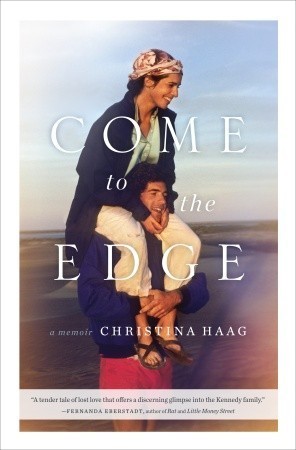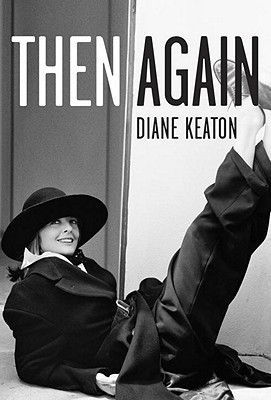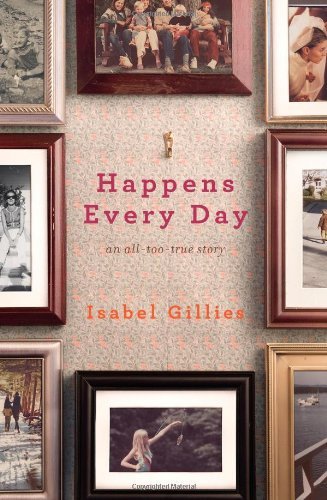
Come to the Edge
Book Description
Love can be both a sanctuary and a battleground. In 'Come to the Edge,' Christina Haag explores the electrifying and tumultuous relationship between two artists, drawing readers into their world of passion, ambition, and heartbreak. As they navigate the precarious heights of love and the depths of personal dreams, every choice ignites a chain reaction that could shatter their fragile connection. With the stakes rising, the characters must confront their fears, face their truths, and decide what they’re willing to sacrifice for the sake of love. Will they find a way to soar together, or will they fall apart?
Quick Book Summary
"Come to the Edge" by Christina Haag is a heartfelt memoir chronicling the author’s passionate relationship with John F. Kennedy Jr. Set against the backdrop of New York in the 1980s and early 1990s, the book explores the intersection of love, ambition, vulnerability, and loss. Haag, herself an artist, offers an intimate portrayal of her bond with Kennedy, delving into the joys and challenges that arise when two talented, driven individuals are drawn together. The relationship unfolds as both a creative sanctuary and an emotional crucible, ultimately shaped by the pressures of fame, differing dreams, and the weight of family legacies. The memoir is not just a portrait of romance, but also a meditation on growing up, finding one’s voice, and reconciling the pain of separation with the enduring power of love and memory. Insightful and evocative, Haag’s narrative invites readers to witness the poignancy and complexity of loving at the edge of possibility.
Summary of Key Ideas
Table of Contents
The Intersection of Love and Ambition
Christina Haag’s memoir introduces readers to her formative years alongside John F. Kennedy Jr., portraying the coming together of two young artists with boundless potential and complicated backgrounds. From their early friendship at Brown University to a romance that flourishes in Manhattan’s creative circles, Haag describes how love can be both exhilarating and fraught. The allure of creative pursuit combines with emotional longing, painting the relationship as a space both nurturing and challenging. Their connection reflects the pulse of their city and era, with each step forward carrying the specter of personal history and familial expectation.
Navigating Public and Private Selves
The intense public scrutiny surrounding Kennedy shapes much of the couple’s journey, forcing them to guard the most intimate aspects of their relationship. Haag writes about the challenges of maintaining authenticity and vulnerability in a world fascinated by fame and legacy. This scrutiny contrasts sharply with the private world they carve out together—a world of letters, shared passions, and cherished routines. The memoir explores how the pressures of being constantly observed change both partners and add layers of complexity to their dynamic.
The Fragility and Power of Intimacy
As ambition drives the couple forward, conflict grows between their personal dreams and their dedication to each other. Haag and Kennedy are both propelled by artistic aspirations, leading to moments of harmony and friction. The memoir delves into how each partner’s pursuit of self-actualization both strengthens and tests their bond. Communication, compromise, and mutual support are as essential as they are difficult, and Haag reflects on choices that set each on a divergent path. Their story raises universal questions about what must be risked or released in the quest to nurture love.
Personal Growth Within and Beyond Relationships
Growth is another central theme, as Haag describes her evolving sense of self both within the relationship and independently. The experience of loving deeply, losing, and standing alone forces her to confront fears, challenge assumptions, and ultimately embrace change. Through heartbreak and growth, Haag distills lessons about resilience and the necessity of following one’s truth, even when it means leaving cherished parts of life behind. The memoir becomes a testament to the transformative power of love and self-discovery.
Coping with Loss and the Enduring Nature of Memory
The final chapters reckon with loss—of love, possibility, and ultimately, the life of John F. Kennedy Jr. Haag writes with honesty and tenderness about grief and the enduring presence of memory. She explores how the echoes of profound relationships shape who we become, even as time moves forward. "Come to the Edge" emerges as both a tribute and an elegy, capturing the bittersweet nature of love that soars and breaks, but never entirely disappears.
Download This Summary
Get a free PDF of this summary instantly — no email required.





